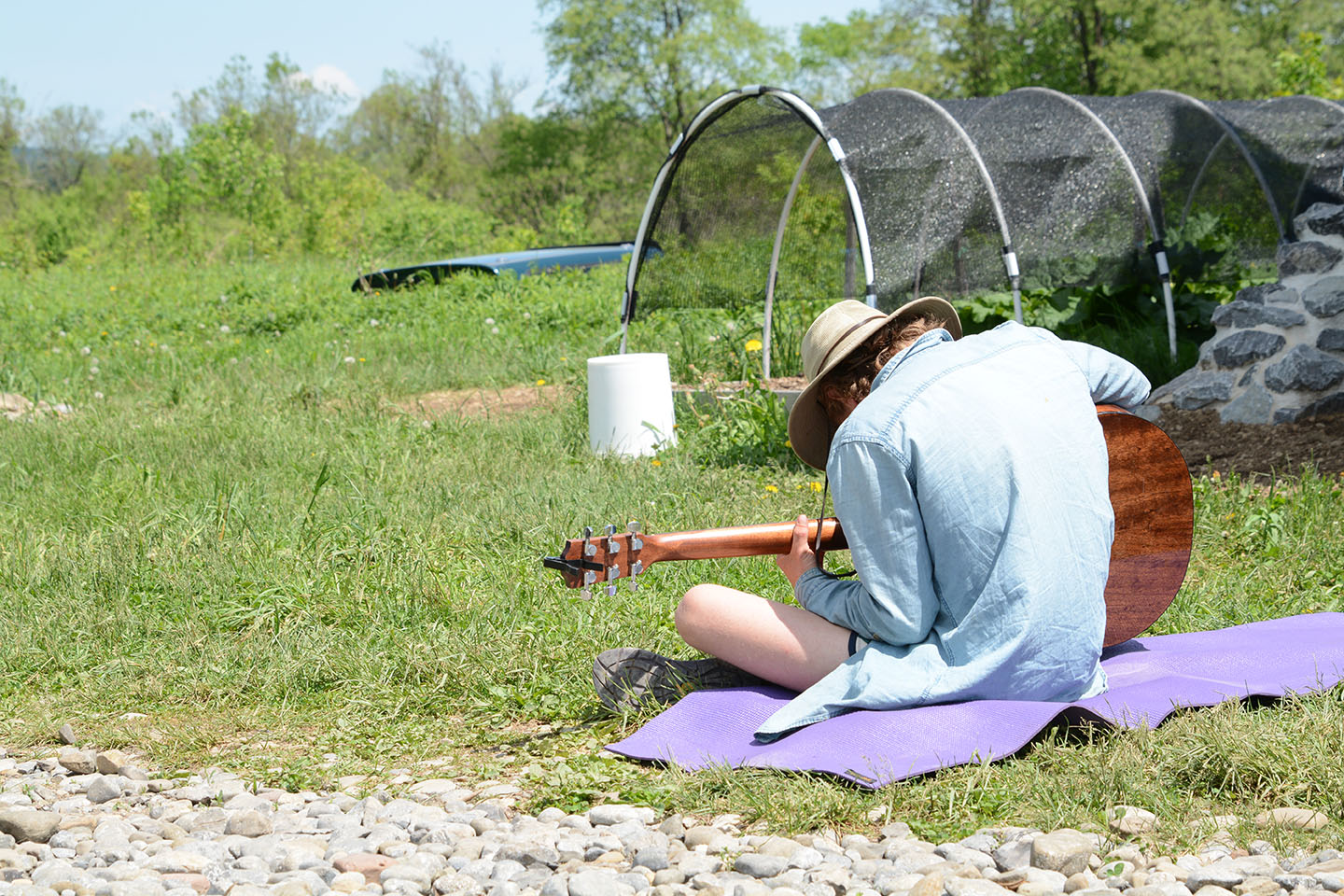For the members of Unadilla Community Farm in West Edmeston, N.Y., a small town that sits on the rural stretch of land between Syracuse and Albany, Mondays offer a brief respite from a week of tending to their 12-acre homestead. Ben Tyler, Greta Zarro, and seven college-aged seasonal interns gather around a circular table that they’ve moved to the gravel driveway outside their barn and enjoy a breakfast of vegan banana pancakes and pastries from their Amish neighbors. Lush, green hills, fruit trees, and leafy gardens surround them. After taking turns cleaning dishes and taking scraps out to the compost, some of the newer members spread out across the property to relax. One plays his guitar near the barn. Another sits under the shade of a tree to read. Tyler, 34, stays in the barn to begin prepping the day’s meal. He rolls up his brown cotton sleeves to chop fresh garlic from the garden, adding it to a combination of mashed lentils, onions, flour, and spices for meatless-meatballs, occasionally pausing to wipe blond hair out of his eyes. Meanwhile, Zarro, 26, heads outside across the gravel path to water the raised garden beds, which hold sensitive plants like lettuce that need attention on off days.
Even as individual members take time for themselves, the area — barn, sleeping quarters, and much of the gardens — and members of the community remain within eyesight. Nothing is done in total solitude. But for the members of Unadilla, that idea fuels the community. “I wouldn’t want to be out here in the field on my own,” Zarro says. “It’s fun to have other people around to do tasks together. It builds morale. You feel encouraged when you’re working as a group.” Many share Zarro’s sentiments. Sky Blue, executive director of the Foundation for Intentional Community, a 30-year-old organization that seeks to support and promote intentional communities, defines cooperative culture as fueled by sharing, respecting one another, and solving interpersonal conflict through nonviolent resolution. In Blue’s experience both living in and consulting for intentional communities, one of the best parts is the built-in support system. “If you want to drive less, it helps to also live around people who want to drive less, so you’re more inclined to carpool or bike,” he says. “Getting together and supporting each other makes it a whole lot easier.”
Intentional communities such as Unadilla Community Farm exist all over the world, and they are growing. The FIC recently updated its online directory, showing more than 1,000 communities worldwide, but about two-thirds of the listings reside in the United States. This number only reflects those who regularly update their listings. There are many more intentional communities who simply don’t update their listing or choose not to be listed. But their numbers have continued to grow. Based on their print directory, in 1990, FIC listed 240 communities, and in 2010, it had 679. In 2016, the number jumped to almost 1,200.
The modern intentional community movement started in Denmark in the ’60s and ’70s with co-housing spaces. Thomas A. Guiler, an assistant professor of history and public humanities at the University of Delaware’s Winterthur Museum, Garden, and Library in Winterthur, Del. and a board member of the Communal Studies Association, says that intentional communities continue to be a radical and bold step for people. Denmark’s co-housing buildings, he says, featured sparsely decorated apartments with robust shared spaces for community activities such as book clubs and cooking. And the people who lived there were unrelated and not necessarily friends, but they formed their own neighborhood with the goal of creating a community while living more economically.
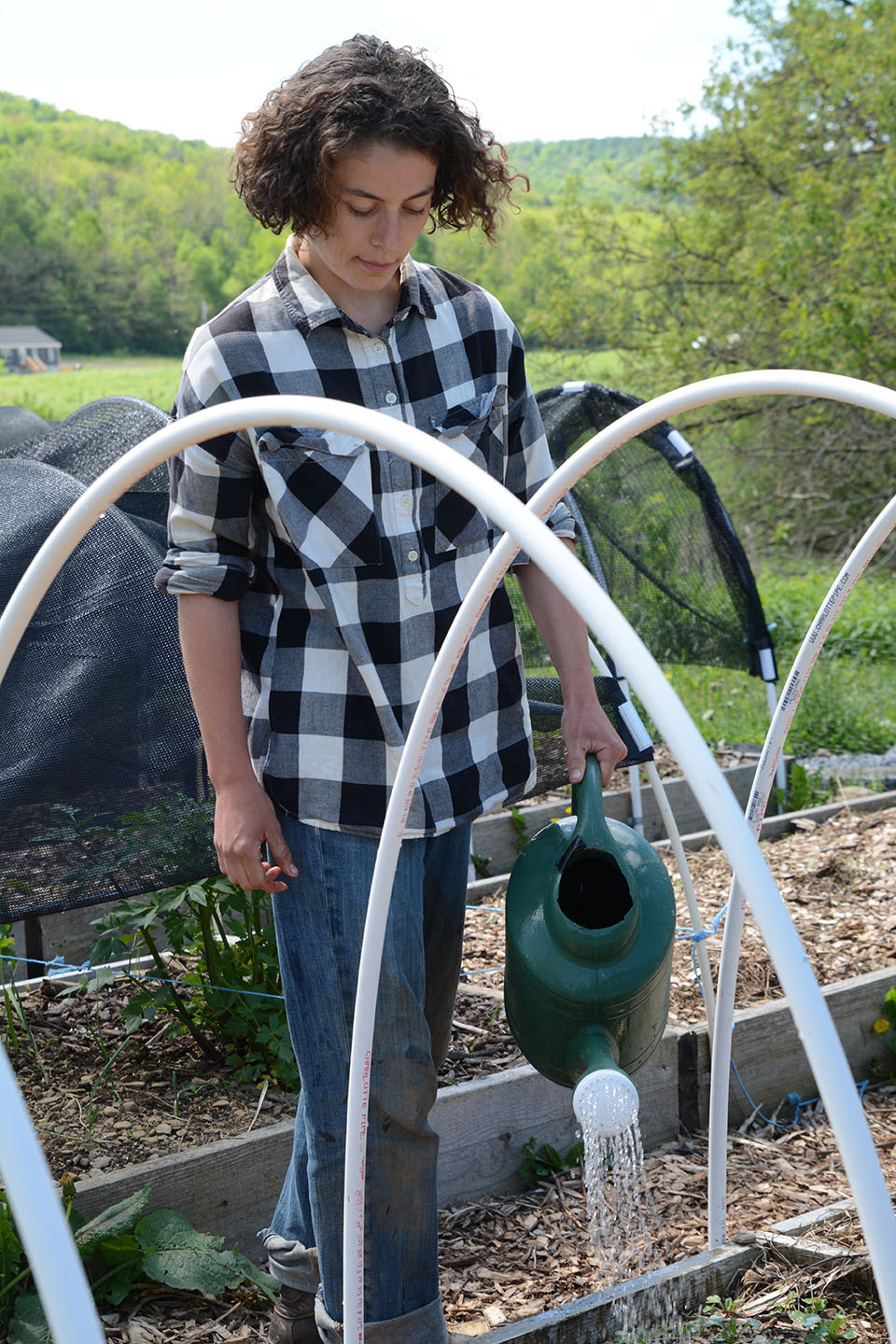
Those same motivations attract people today — along with a desire to live sustainably and to produce a smaller carbon footprint, which Guiler says explains the rise of intentional communities, also referred to as ecovillages or collective homesteads. “Throughout history, the most pressing issues of the day is a direct correlation to what kind of communities form,” Guiler says. “Intentional communities are the spearheads of protest and example. Now it’s a worldwide movement,” he adds. Guiler says those who want to join intentional communities long for more than just an online, social media-driven community, but rather a real-life collective of like-minded individuals.
In fact, these communities can deliver a sense of purpose and meaning and connections to others that many find lacking in today’s culture. A study originally published in December 2018 in International Psychogeriatrics showed that three in four Americans experience high levels of loneliness. Julianne Holt-Lunstad, a professor of psychology and neuroscience at Brigham Young University, says that for some people, forming meaningful and high-quality relationships is one solution to loneliness in a society that continues to shift toward living alone, staying single longer, and putting off having children. “Not that these mean you are lonely,” Holt-Lunstad adds, “but they do put you at increased risk for loneliness, and increased risk for premature mortality.” A 2014 study published in Social Indicators Research on people living in intentional communities showed that overall, they experience higher levels of life satisfaction than those in the general population, says Ian MacDonald, who worked on this research for his doctoral thesis at Binghamton University.
Intentional communities are the spearheads of protest and example. Now it’s a worldwide movement.
For the members of Unadilla Community Farm, working and living together helps combat their loneliness while also supporting their passion for organic, sustainable farming and living. Tyler and Zarro were former WWOOFers, the term used to describe those who work through the organization World Wide Opportunities on Organic Farms, a work-exchange program that connects individuals with organic farmers. Their experiences WWOOFing showed them both a passion for farming organically and meeting diverse people. They’ve stayed all over the world — from Nicaragua to Italy and Spain — often WWOOFing during summer breaks from college, similar to many of their current interns. And while WWOOFing and intentional communities aren’t always related, both Tyler and Zarro agree that they’re similar in how they create a like-minded community.
Tyler was part of the founding group of WWOOFers living at Unadilla, and Zarro joined a year later. They met while working on a farm in Arizona, along with many of Unadilla’s other original members, and together, they realized they were serious about starting their own farm and intentional community. They made an online group to communicate, created a mission statement, and organized the logistics of their operation. Through this process, they decided to develop Unadilla Community Farm to showcase a self-sufficient farm that focuses interpersonal relationships. For Tyler, who studied sociology and psychology at the University of Stirling in Scotland and possesses a passion for public health, creating this self-sustaining intentional community was a way for him to give back to society.
Along the gravel driveway that extends from the road, more than 150 varieties of fruit and nut trees line the long entrance to the farm. The heart of the farm rests at the end of the driveway, with a cedar-plank barn on the right and raised vegetable beds on the left. Zarro and Tyler live in a new tiny home placed to the left of the barn that Tyler built, which also acts as their winter food storage and command center for their operation. Attached is a small, humid greenhouse for the young plants. It doubles as a shower. Across a patch of grass, interns live in a renovated school bus that they affectionately refer to as the “schooly,” fitted inside with new wood flooring, cots, and shelves. Personal touches line the walls and windows, including polaroid photographs of family and friends, books on permaculture and homesteading, and blankets from home.
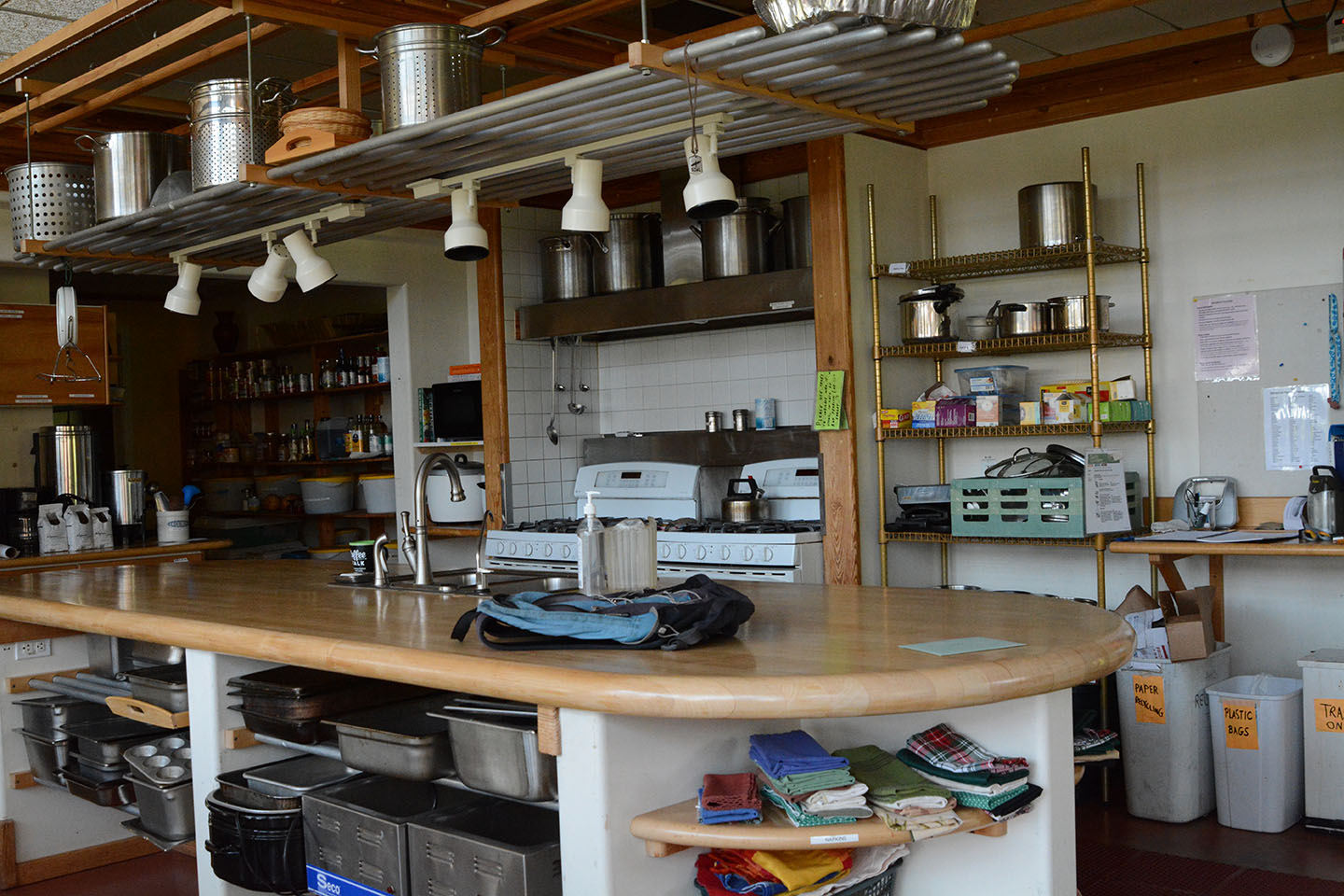
Unadilla attracts seasonal interns who filter in and out throughout the year, usually during the summertime. Zarro and Tyler live there year-round. Unlike Zarro and Tyler, who wear worn-in boots and jeans and can identify every plant with ease, most of the interns are new to the farm, lacking tan lines and dirt-caked fingernails. This year’s group of seven interns, plus more who arrived throughout the season, ranging from age 18 to 32 and hail from a variety of places, including Maryland, Indiana, and even the United Kingdom.
“We have this great cultural exchange with these people from around the world,” Zarro says. “And it keeps me motivated, too, that there are people who are interested in this.”
Not all intentional communities are set up in rural areas, however. In 1991, EcoVillage at Ithaca, located on the edge of the college town Ithaca, N.Y., became one of the first official ecovillages in the United States. Liz Walker, 65, is one of the founders and continues to be active in the community. Today, almost 250 people, including around 60 children, live in their three neighborhoods. While all the members of Unadilla work full time on the farm, almost everyone in the EcoVillage pursues a job outside of the village.
From the street-facing kitchens to the distance between each home, every aspect of the building process was intentional, Walker says. On a tour, the resident guide points out solar panels and describes the insulation tools designed to keep energy costs low. Almost every yard features an array of flowers or vegetables being grown. Several residents took advantage of the heat and sun that day to work in their yards or the community garden, pulling weeds or watering plants. Children’s toys rest on each neighborhood’s common yard, and common houses all feature a playroom to accommodate the growing number of families.
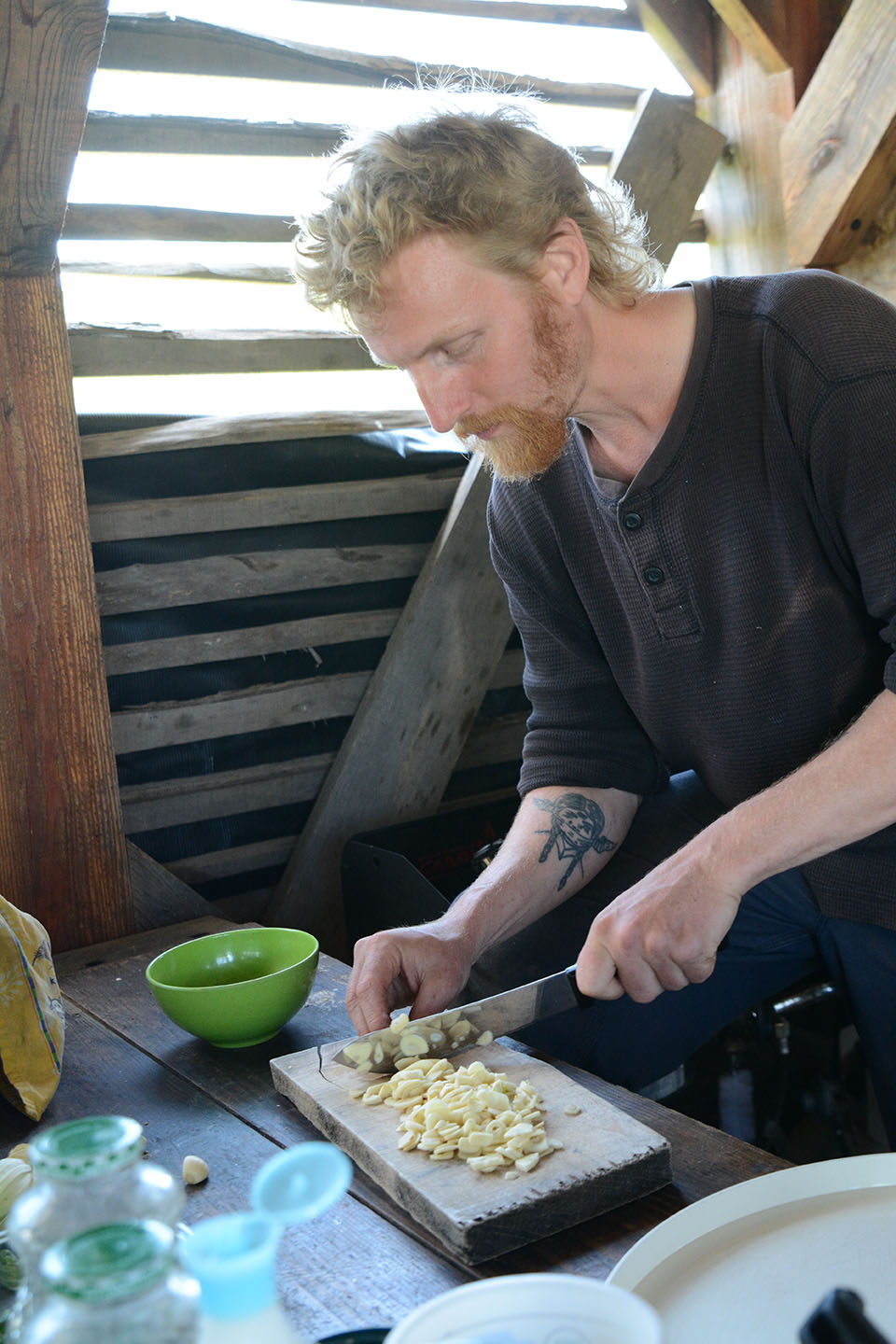
Sarah Grossman, 42, and her family are finalizing their move to the EcoVillage for this summer. Her family has lived in Ithaca for nearly 20 years. They’ve completed almost all of the steps required to move in, including reading Walker’s book, EcoVillage at Ithaca: Pioneering a Sustainable Culture, and going on a public village tour. For Grossman, her 4-year-old daughter prompted the move. “She’s so excited about it. She can walk outside the house and ride her bicycle. She can’t do that now,” Grossman says of her daughter. “We prefer to just be able to say, go and play with your friends, which is unusual, and as small as she is she understands.”
For Walker, community and environment drove the creation of the village, and it continues to bring her much satisfaction and fulfillment to see it grow. “This whole project is like a tree,” she says. “There’s a sense of deep rootedness and all the energy that people bring and all the skills that they bring and the sense that we’re flowering together.” She says it means having individuals who are passionate about everything from elder care to landscaping and learning to fulfill one’s potential as an individual while also growing as a community.
While EcoVillage at Ithaca found its ideal home on the edge of an urban and rural environment, some sustainable intentional communities also find a home in metropolitan areas. Enright Ridge Urban Eco-village, located about 10 minutes from downtown Cincinnati, Ohio, is an example of a retrofit ecovillage. Jim Schenk, 75, former executive director of 28 years for Imago, an environmental education organization also located in Cincinnati, was instrumental in starting this intentional community. As a retrofit ecovillage, they have no control over membership and can’t mandate community involvement like other intentional communities, Schenk says. But those restrictions made it easy to start their village because they simply had to build around the preexisting neighborhood of Price Hill. He and some other families decided to clean up the neighborhood, buy back and refurbish old houses, and start a community-supported agriculture (CSA) urban farm. Although some neighbors aren’t active with the CSA or the goals of the ecovillage, its presence over the years has attracted people who tend to share in their mission of sustainability.
Dylan Calahan, 24, grew up on Enright Avenue before it became an ecovillage. As a child, he attended summer camps at Imago and came home from school to play sports on the dead-end street or wander the nearby woods with friends. Although he moved away for a short period of time, he returned and is now active with their CSA and enjoys free time at the local eco-friendly bar, Common Roots Pub, to hang out with neighbors or attend community-sponsored events like open mic nights with local musicians and poets. He also enjoys watching people move into the neighborhood who share the same passions as him when it comes to protecting the environment and producing your own food. “Community is a really important thing to me,” Calahan says. “Having neighbors who aren’t spraying chemicals on their lawn or who want to gather for a potluck or see a film or hear a speaker.”
This whole project is like a tree. There’s a sense of deep rootedness and all the energy that people bring and all the skills that they bring and the sense that we’re flowering together.
And while sustainability or homesteading is often the core belief of many ecovillages, learning to thrive as a community in a culture that values individualism is a close second. “Individualism is insane,” Schenk says. “None of us can live alone, but we really believe that we can. And I think for us now, we have to learn how to live in community again and I think that’s a real struggle. For almost every intentional community, learning how to do that again.”
Discovering community also includes finding harmony with the natural world. Every year, Enright Ridge welcomes current college students or recent graduates as interns who help out with jobs at Schenk’s homestead and the CSA. Schenk says one of the most important things they do together is take morning walks in the woods. They separate from one another and sit in silence for up to half an hour while taking in their surroundings — the trees, grass, soil, and animals — before starting their work. Having an awareness of the universe is amazing, Shenk says, and it’s the most important thing that the interns take away from working with him.
Activities like working with the interns and serving on the board for Enright Ridge Urban Eco-village serve as vital parts of Schenk’s mission to protect the environment. Throughout the neighborhood, it has been worthwhile for Schenk to be part of a support system for those yearning to live a sustainable lifestyle, and his smile widens as he recalls the day that a resident of Enright Avenue told him that this work saved the neighborhood, making it a safe place to live while becoming ecologically-focused. On a personal note, he loves the feeling that living there gives him. “I walk out my front door in the morning and I don’t feel weird,” Schenk says. “I have a culture of people living around me who support what I’m doing.”
Not all intentional communities span an entire neighborhood, though. In Syracuse, N.Y. is another urban ecovillage, called the Bitternut Homestead Urban Collective. Only a short five-minute drive from downtown, it’s in a diverse neighborhood on the cusp of revitalization while still maintaining some of its old, urban charm. Some homes are more worn down and in need of a new paint job, while a few modern touches stand out, like a tiny home across the street from Bitternut.
This intentional community is smaller than most, having no more than seven members at a time, but the overgrown gardens and signage that declares the home a certified wildlife habitat and bee refuge help it stand out while making its sustainability mission clear. Behind the bright, yellow house and outdoor patio sits the main garden. Every variety of crops (including lavender, collard greens, and mint) is labeled, colorful stepping stones decorate the garden beds, and the soil is weed-free. Every day, Frank Cetera, 46, Bitternut’s founder, comes home from work, changes into gardening clothes, and tends to his garden, sometimes until the light disappears. It’s hard to imagine Cetera working indoors at his day job as a business advisor with sun-tanned skin and dirt on his clothes; back at home, he looks content and comfortable, hidden behind tall plants and working on upcycling some furniture he found on the sidewalk.
Cetera is an intentional-community veteran. He first experienced them while working as a steward for a homestead in Pennsylvania during his graduate program at Slippery Rock University of Pennsylvania, which included him living on-site with a roommate. He then realized the global reach of intentional communities and continued to pursue ways to be a part of one. During an internship in Iceland, he stayed in other communal homes in both Iceland and Scotland, and when he came back to Syracuse for another master’s program, Cetera stayed at another intentional community in town before creating Bitternut, a small community focused on environmental stewardship through a passion for food.
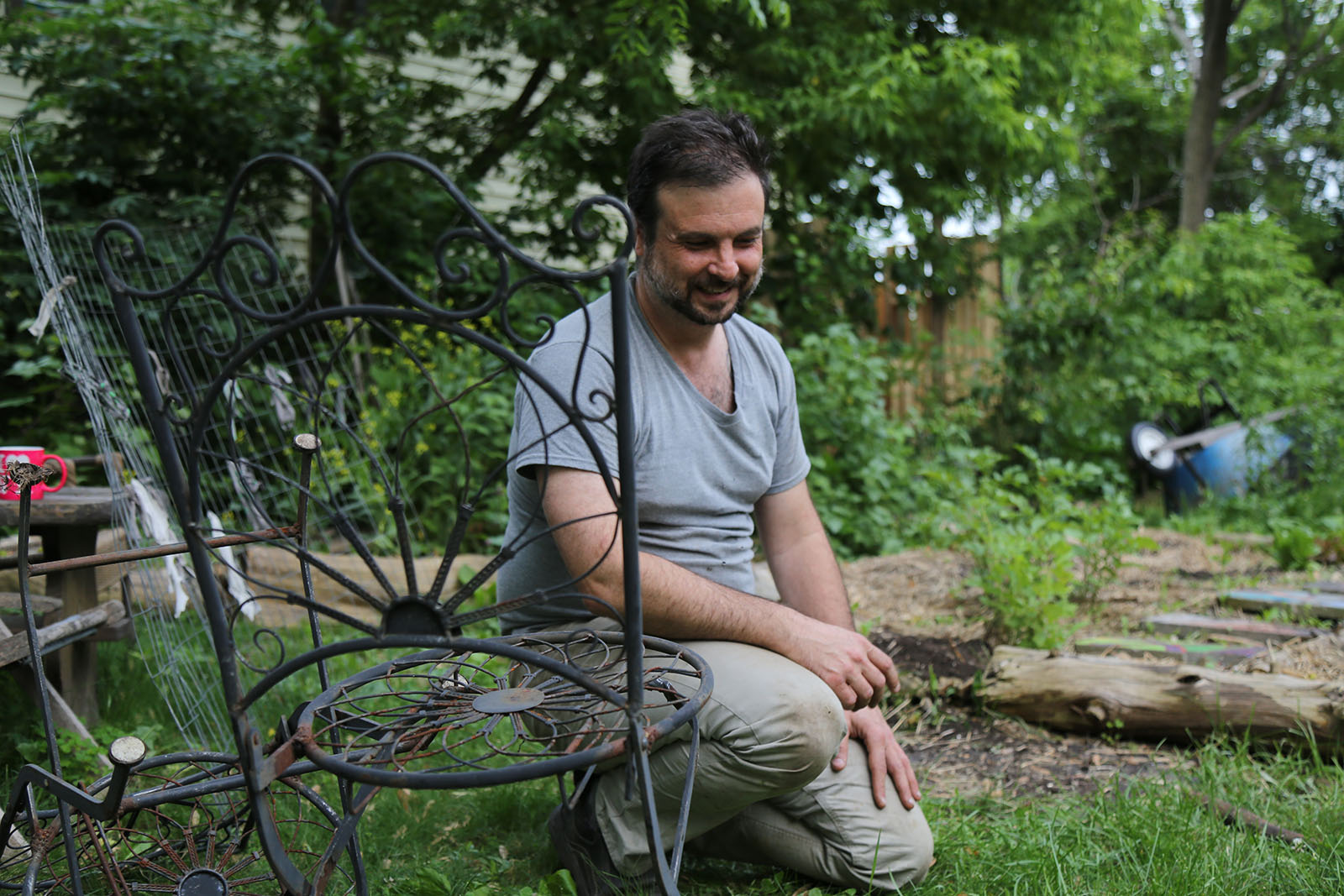
Cetera jokes that he thought about quitting a hundred times throughout the process of bringing Bitternut to life. After buying the house for one dollar through a special housing project called Home Headquarters in 2010, he turned the unlivable lot into an urban homestead that could accommodate housemates by 2013. But he also sought to create an outward-facing experience fueled by members interested in being active in the greater community and who wanted more than just life within the single house or garden, Cetera says. For him, forming Bitternut also provided opportunities to teach the greater community about how to actively grow edible plants in an urban environment. When he began work on the house in 2011, he let the front yard grow out, quickly discovering around 15 edible plants. It also earned him a citation from the city for having an overgrown front yard, which they cut down. To fight the citation, he went to the codes office, showing them the types of edible plants they had cut down. They eventually relented, dismissing the fine.
“I wish I could talk to everybody who comes by and probably looks at the property and says, ‘Wow, what’s going on with that place?’” Cetera says. “I mean, for me it’s beautiful. It’s just important for people to realize it’s not unkempt. It’s not uncared for. It’s completely stewarded and managed, and it’s a resource, as well.”
As he and his housemates move forward with life at Bitternut, Cetera continues the process of finding the right people to share ownership equity of the house. Right now, he serves as the sole owner, but he wants to start considering future, long-term housemates as people to pass ownership onto. Cetera doesn’t know how much longer he’ll stay in Syracuse or even at the Bitternut Homestead Urban Collective. But he does know that he wants the legacy of it to last as a place to form interpersonal relationships and stay close to the earth, similar to other sustainable intentional communities, from Unadilla Community Farm to EcoVillage at Ithaca to Enright Ridge Urban Eco-village. “I just like the rawness of it, the realness,” Cetera says about living in an intentional community. “There’s nothing between me and the environment around me.”

